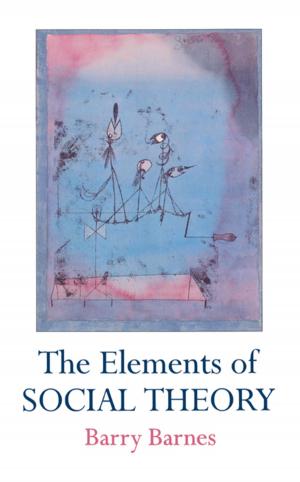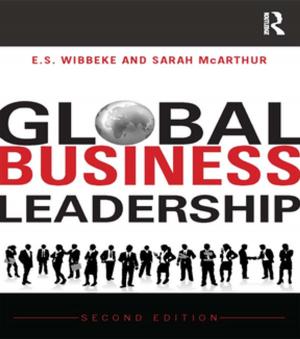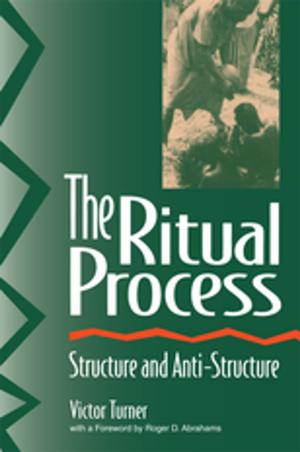Fundamental Biomechanics of Sport and Exercise
Nonfiction, Health & Well Being, Medical, Specialties, Sports Medicine, Sports| Author: | James Watkins | ISBN: | 9781135074951 |
| Publisher: | Taylor and Francis | Publication: | March 26, 2014 |
| Imprint: | Routledge | Language: | English |
| Author: | James Watkins |
| ISBN: | 9781135074951 |
| Publisher: | Taylor and Francis |
| Publication: | March 26, 2014 |
| Imprint: | Routledge |
| Language: | English |
Fundamental Biomechanics of Sport and Exercise is an engaging and comprehensive introductory textbook that explains biomechanical concepts from first principles, showing clearly how the science relates to real sport and exercise situations.
The book is divided into two parts. The first provides a clear and detailed introduction to the structure and function of the human musculoskeletal system and its structural adaptations, essential for a thorough understanding of human movement. The second part focuses on the biomechanics of movement, describing the forces that act on the human body and the effects of those forces on the movement of the body.
Every chapter includes numerous applied examples from sport and exercise, helping the student to understand how mechanical concepts describe both simple and complex movements, from running and jumping to pole-vaulting or kicking a football. In addition, innovative worksheets for field and laboratory work are included that contain clear objectives, a description of method, data recording sheets, plus a set of exemplary data and worked analysis. Alongside these useful features are definitions of key terms plus review questions to aid student learning, with detailed solutions provided for all numerical questions.
No other textbook offers such a clear, easy-to-understand introduction to the fundamentals of biomechanics. This is an essential textbook for any biomechanics course taken as part of degree programme in sport and exercise science, kinesiology, physical therapy, sports coaching or athletic training.
Fundamental Biomechanics of Sport and Exercise is an engaging and comprehensive introductory textbook that explains biomechanical concepts from first principles, showing clearly how the science relates to real sport and exercise situations.
The book is divided into two parts. The first provides a clear and detailed introduction to the structure and function of the human musculoskeletal system and its structural adaptations, essential for a thorough understanding of human movement. The second part focuses on the biomechanics of movement, describing the forces that act on the human body and the effects of those forces on the movement of the body.
Every chapter includes numerous applied examples from sport and exercise, helping the student to understand how mechanical concepts describe both simple and complex movements, from running and jumping to pole-vaulting or kicking a football. In addition, innovative worksheets for field and laboratory work are included that contain clear objectives, a description of method, data recording sheets, plus a set of exemplary data and worked analysis. Alongside these useful features are definitions of key terms plus review questions to aid student learning, with detailed solutions provided for all numerical questions.
No other textbook offers such a clear, easy-to-understand introduction to the fundamentals of biomechanics. This is an essential textbook for any biomechanics course taken as part of degree programme in sport and exercise science, kinesiology, physical therapy, sports coaching or athletic training.















